Changes in States
of Matter
Vocabulary
Read the vocabulary terms to understand the reading better.
Melting
Melting is a process that changes a solid into a liquid.
Evaporation
Evaporation is the process that changes a liquid into a gas.
Condensation
Condensation is the process that turns gas into a liquid.
Freezing
Freezing is the process that changes a liquid into a solid.
Sublimation
Sublimation is the process that changes a solid into a gas.
Deposition
Deposition is the process that changes a gas into a solid.
Matter can change from one state to another. For example, we can freeze a liquid to turn it into a solid. We can melt a solid to turn it into a liquid. We can boil a liquid to turn it into a gas. When matter changes state, energy in the form of heat is involved.
From Solid to Liquid: Melting
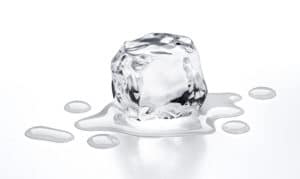
Melting is a process that changes a solid into a liquid. Solids melt when they absorb heat. An icicle melts when it absorbs heat from the air around it. An ice cube melts in a glass of water, even when the water is cold. Why? Cold water is warmer than an ice cube, so the ice cube can absorb heat from the water.
From Liquid to Gas: Evaporation
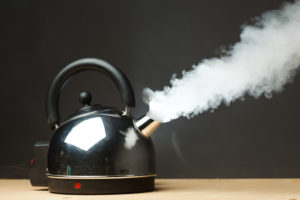
Evaporation is the process that changes a liquid into a gas. Liquids evaporate when they absorb heat. Steam coming out of a boiling kettle is water that has turned into a gas by evaporating.
From Gas to Liquid: Condensation

Condensation is the process that turns gas into a liquid. Gases condense when they release heat. When you get out of a hot shower, the mirror in your bathroom may look misty or cloudy. This is caused by condensation. Some of the hot water from the shower evaporates, becoming water vapour (steam) in the air. The water vapour releases heat when it touches the mirror, which is cooler than the vapour. The vapour condenses into the tiny drops of water that cloud your mirror.
From Liquid to Solid: Freezing
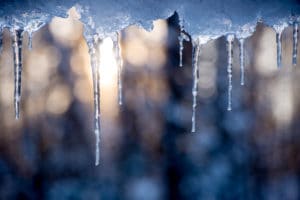
Freezing is the process that changes a liquid into a solid. Water freezes when the air around it is cold enough. The cold air makes the water release heat. Why can you not make ice cubes in a refrigerator? The air in a refrigerator is not cold enough to make the water release enough heat to turn into ice. (The process of changing from a liquid to a solid is sometimes called solidification.)
From Solid to Gas: Sublimation
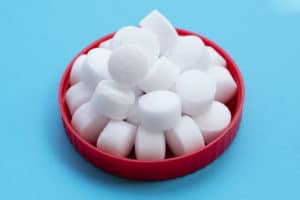
Sublimation is the process that changes a solid into a gas. This change of state happens when the solid absorbs heat. Mothballs are small white balls with a strong odour that keeps moths away. (Moths like to eat certain types of material.) Over time, mothballs get smaller and smaller. That happens because mothballs contain chemicals that sublimate. The mothball does not change into a liquid before becoming a gas.
You can change ice into a gas by first melting the ice, then heating the water until it evaporates. This is not an example of sublimation because you first changed the solid (ice) into a liquid (water) before changing it into a gas (water vapour). In sublimation, a solid changes into a gas without first becoming a liquid.
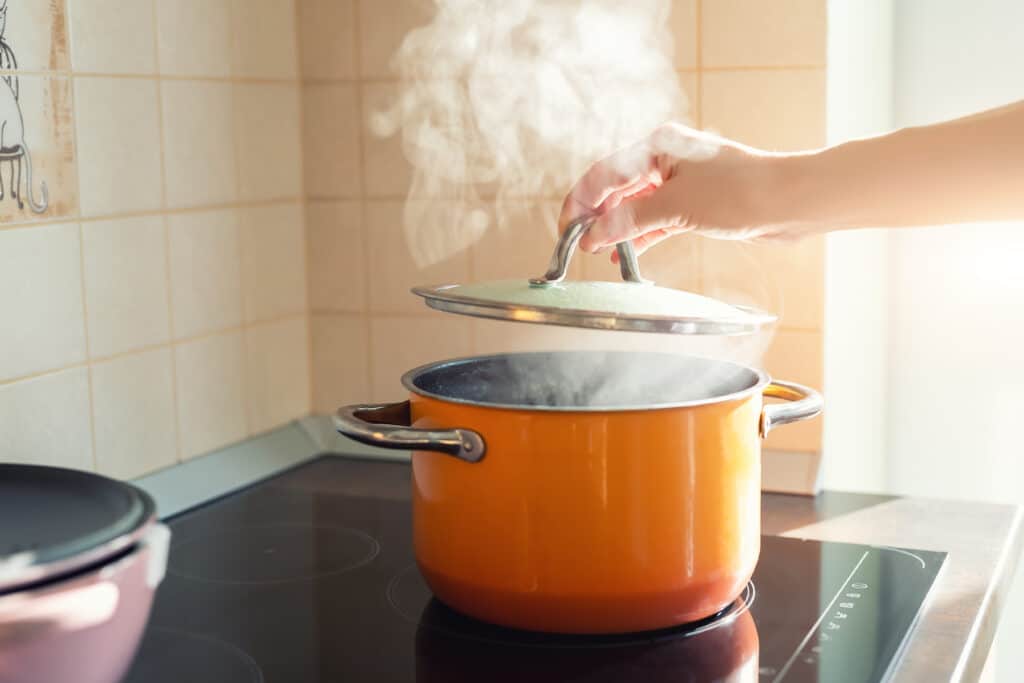
From Gas to Solid: Deposition
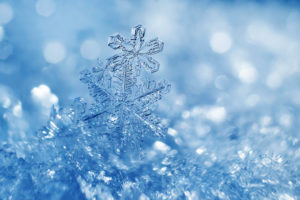
Deposition is the process that changes a gas into a solid. This change of state happens when gas releases heat. Snowflakes are formed through deposition. When the air is cold enough, water vapour (a gas) in the air changes directly into ice (a solid) without becoming a liquid first. Deposition also creates the frost that forms on plants. When a leaf is cold enough, water vapour in the air changes states to become the ice we see on the leaf.
To learn more about changes in states of matter, watch the video by Smile and Learn on YouTube.
Show What You Know!
Complete some questions about the reading selection by clicking “Begin Questions” below.









